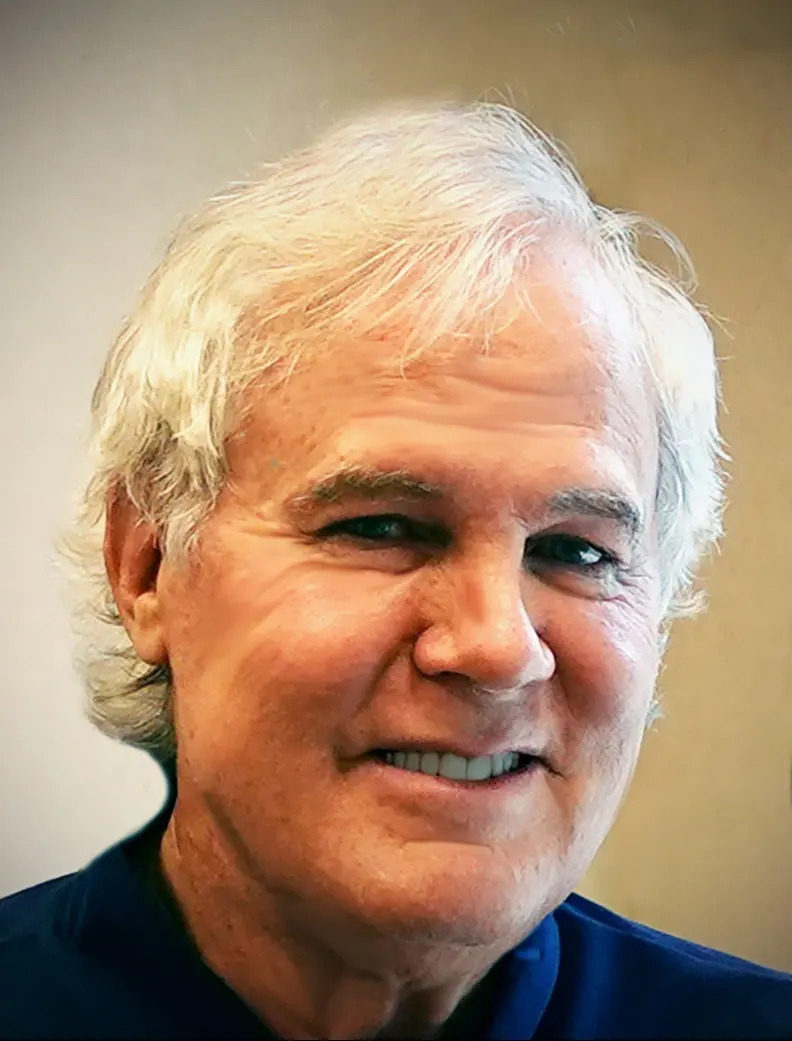Prior to any orthodontic work, Dr Kelleher of Kelleher Orthodontics in Folsom & Davis, CA, will use 3D x-rays to ensure that your underlying bone structure is sufficient for teeth straightening.
You can contact Dr Kelleher at 916-985-8420 in Folsom or 530-750-9504 in Davis.
For orthodontics, it is important to know the strength or weaknesses of the underlying jawbone prior to moving teeth. This is a significant issue in “do it yourself” teeth straightening because if a person has an insufficient foundation, teeth can literally be moved out of the jaw bone.
This article contains information about X-rays for dental bone loss in teeth, causes of loss, and how to prevent bone loss in teeth…

What Does Dental Bone Loss Look Like on an X-ray?
It depends on what kind of x-ray is being used to evaluate bone levels. There are 2 different technologies for orthodontic x-rays; 2D and 3D.
2D x-rays in orthodontics have been used since about 1931. The problem with 2D x-rays is that the camera can only see bone from a sideways perspective of teeth and jaws.
A 3D x-ray can see bone from every conceivable angle because the high-power computer on board a 3D x-ray machine can build a 3D x-ray from numerous 2D perspectives.
Therefore, practitioners don’t have to guess about bone limitations that might exist, but are missed on 2D x-ray images.
3D x-ray machines are more expensive than 2D machines, but the added precision of not missing problems with jaw joints, airway, sinuses or very thin bone makes them less expensive. Mistakes caused by assumptions tend to slow treatment and add to costs for repair, in the end.
Seeing exactly how thick the bone is enables us as orthodontists to know the exact boundry of how far we can move your teeth to keep them healthy and looking incredible.
In the images below, look how the thin bone is not very visible in the first pictue showing a 2D panagraphic x-ray, but is very visible on the 3D x-ray in the second image.


Why is it important for an orthodontist to use 3D imaging?
A 2D x-ray has limited value for helping diagnose a 3D problem; orthodontic problems are always 3D, by nature.
How does it benefit the patient? Patients with undiagnosed sleep apnea, TMJ problems, impacted teeth, very thin bone and smile asymmetries cannot be well understood using 2D x-ray. This is why in medicine, MRI and CT imaging helps doctors detect hidden problems that would otherwise be missed.
If the person moving your teeth cannot see how thick your bone is, it increases the chance of problems arising during treatment and can even cause permanent damage. As an orthodontist, I cannot imagine straightening teeth and fixing bites witout the use of 3D imaging.

Does it cost the patient more to have 3D images done in your office vs a 2D in another office?
At Kelleher Orthodontics, there is no added cost for us to take a 3D x-ray scan in our office compared to conventional 2D x-rays.
Is there more or less radiation with a 3D x-ray?
The amount of radiation associated with a 3D scan depends on the field of view of the x-ray and how many 2D x-rays the 3D scan is being compared to. Usually, when you add up the total number of commonly used 2D x-rays in orthodontics, 3D exposure compares to 2D exposure.
For anyone concerned with radiation contained in 3D x-rays, assuming that the total 3D exposure is comparable in total to 2D x-rays, there is actually greater risk to one’s health using 2D x-ray because subtle problems that are not detected in 2D add to both financial costs and health costs, in the end.

